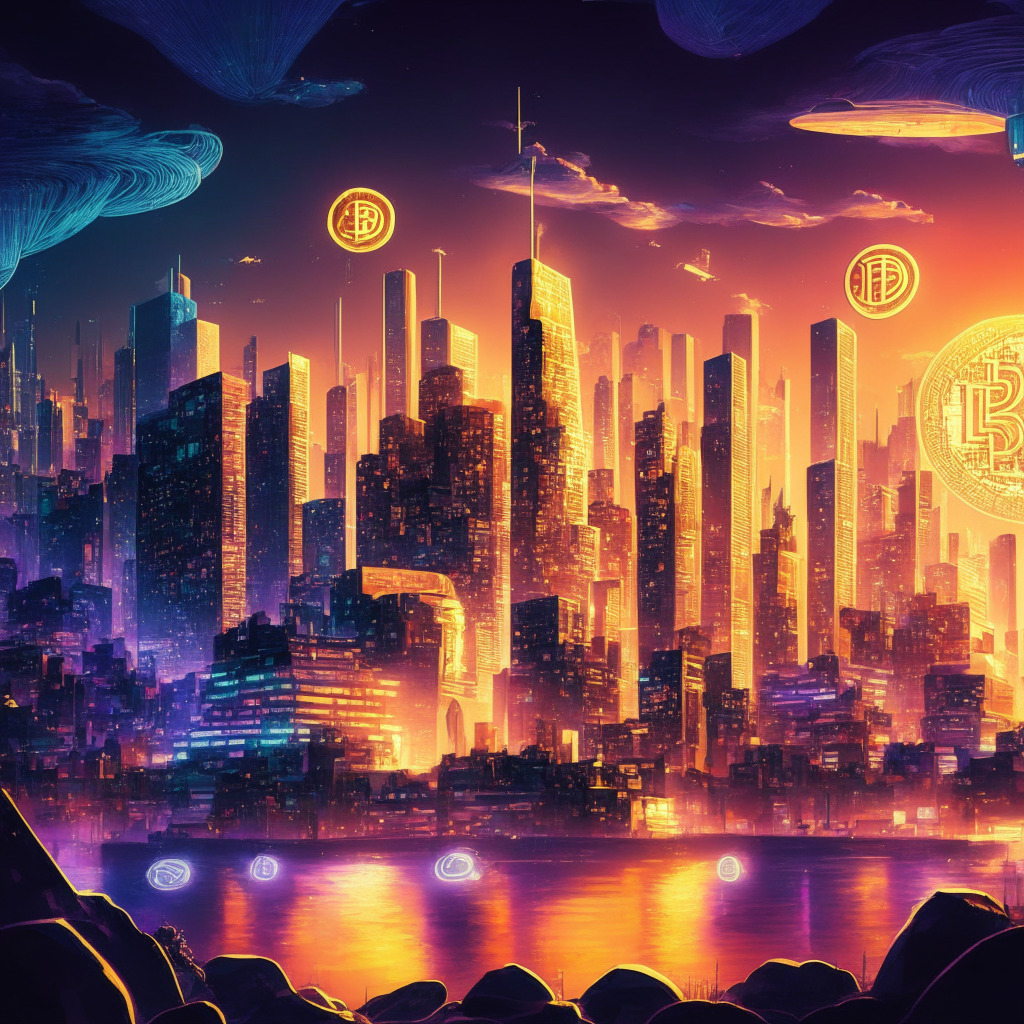The blockchain world is buzzing with anticipation over the potential of Real World Assets (RWA). With reputable finance giants like JP Morgan, Citi, Boston Consulting Group, and Blackstone all championing RWAs, it’s no surprise that interest in this technology is skyrocketing. Based on a report from Boston Consulting Group, the on-chain RWA market could reach a staggering $4 trillion to $16 trillion by 2030.
So, what exactly are Real World Assets? While most blockchain assets, such as Bitcoin and ETH, are chain-native, RWAs represent assets that exist outside the blockchain, such as real estate equity or loans. Instead of deriving their value from the blockchain, these assets have their valuation rooted in the real world.
Compared to their native blockchain counterparts, RWA tokens offer a more stable and programmable option, allowing for lock-up periods and accredited investor requirements. In addition, transferring assets to a public blockchain can lead to numerous benefits, such as greater transparency, efficiency, liquidity, and self-custody, along with the potential for collateralization through decentralized finance (DeFi) protocols.
As clients become more interested in alternative assets like real estate, collectibles, and private credit, RWA tokens present a way to grant them access to these investment opportunities. Companies like Maple Finance and Goldfinch have already entered the private credit market, while Rally Road and 4K focus on collectibles. The efficiency and low-risk nature of these RWA-backed investments allow investors to reap high-returns without being exposed to the volatility of the cryptocurrency market.
For financial advisors, there’s no denying the importance of staying well-informed about RWAs. The increased transparency and liquidity offered by these assets open up new possibilities for clients to diversify their portfolios. An understanding of self-custody is essential, as are the associated security risks, ensuring clients can safely invest in alternative assets.
More significantly, the growing popularity of RWAs could trigger a rise in token prices for blockchains like Ethereum and Polygon, since their native tokens, ETH and MATIC, are used to process transactions. This showcases the far-reaching impact that RWA adoption can have on the industry as a whole.
While some may be skeptical about the widespread integration of RWAs, it’s hard to ignore their potential to transform the financial landscape. Providing a more efficient, transparent, and accessible way to invest in real-world assets, RWAs could be the key to unlocking the full potential of blockchain technology, without subjecting investors to the uncertainties and risks of the cryptocurrency market. So, as the RWA market barrels toward a multi-trillion-dollar valuation, all eyes will undoubtedly be on this space, eagerly watching the remarkable impact of Real World Assets on the future of finance.
Source: Coindesk




